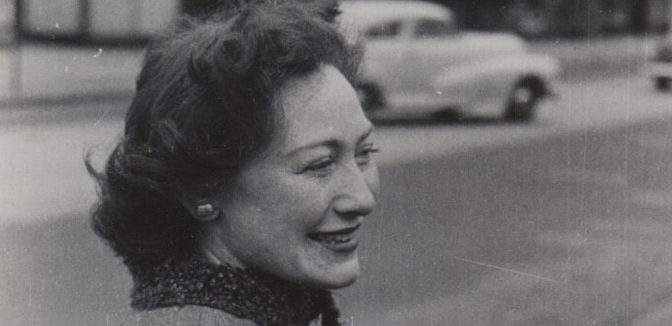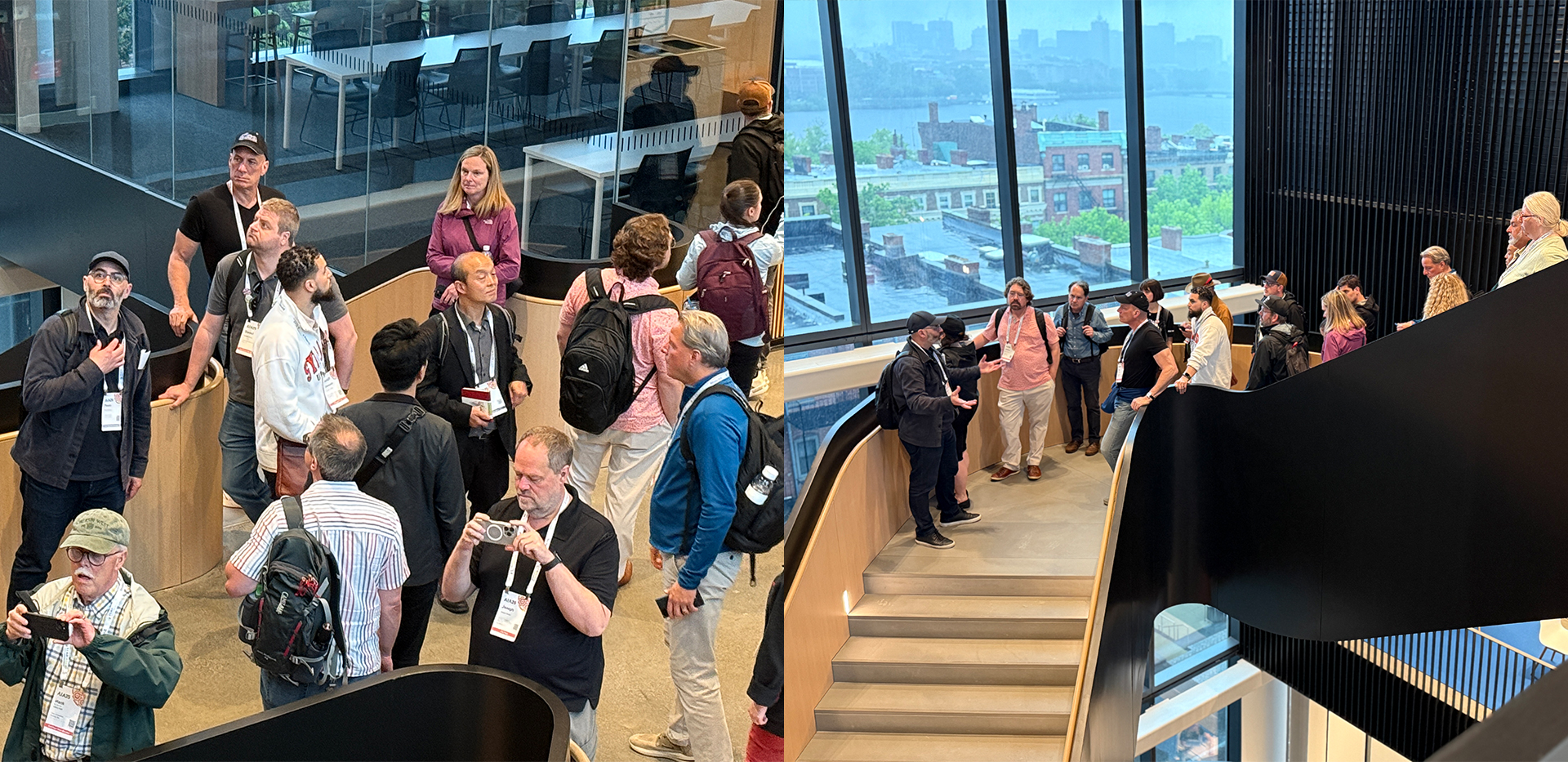In Memoriam: Blanche Lemco van Ginkel

Article content
by Bruce Kuwabara, Founding Partner
I had an exhilarating visit to Expo 67 in Montreal, just before starting to study architecture at the University of Toronto. Only much later did I learn that Blanche Lemco van Ginkel and her husband Sandy van Ginkel had lead roles in developing the master plan for “Man and His World”.
In the late 1960s, Team 10, a group formed primarily by a generation of European modern architects who had broken away from CIAM (Congrés Internationaux d’Architecture Moderne), proposed alternative ways of looking at architecture and the city. Team 10 Primer was one of the most influential books for my generation. Some key Team 10 members including Aldo van Eyck, Herman Hertzberger, and the van Ginkels were invited as guest critics to our school.
In this context, Blanche was invited to participate in design reviews, bringing a different perspective to the conversations and debates about urbanism that drew from her connections with CIAM and Team 10. In most reviews, she was the only woman guest critic in the room.
The fact that she had worked for Le Corbusier on the extraordinary rooftop and iconic ventilation shafts of the Unite d’Habitation in Marseilles, added to the aura that Blanche brought to the school and Toronto. Elegant and pensive, she spoke precisely and deliberately. She smoked a lot of cigarettes, and she had a twinkle in her eyes and a knowing smile when she was delighted.
Blanche inspired us to think about the role of architecture in terms of building the city, and the multiple systems of public space, urban fabric, mobility, and infrastructure that create networks and ecologies to support urban life.
When she became the first woman Dean of the Faculty of Architecture at the University of Toronto in 1980, Blanche had to be incredibly resilient, as both a return to learning from history, and post-Modernism entered the academic and professional fields, directing what architecture should be. Blanche was brave and received criticism from many flanks. It had to have been one of the most challenging times in her life.
I had the pleasure of visiting her at her house after she retired in the 1990s, and she showed me lots of art and furniture that she and Sandy had collected over the years. It was a house that manifested modernist aesthetics and a vibrant family life. I recall her enthusiasm demonstrating an ingenious piece of wood furniture that could be a chair or a desk depending on how it was turned.
Time shapes memory, and in spite of one’s accomplishments and challenges, the pendulum always swings back. At the Canadian Centre for Architecture, where I am the Chair of the Board of Trustees, the archives of the van Ginkels will give generations of scholars a source for understanding their contribution to the world and Montreal.
I appreciate Blanche Lemco van Ginkel’s encouragement throughout my education and development and share in the mourning of her passing by her family and friends.
)
)
)